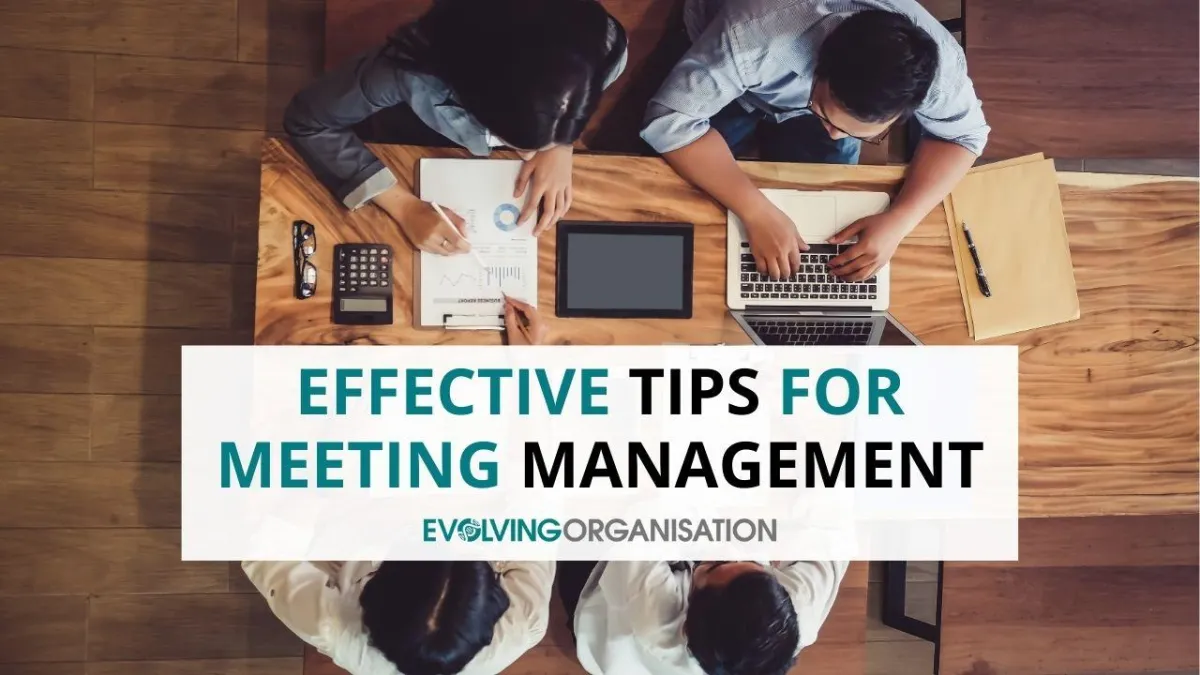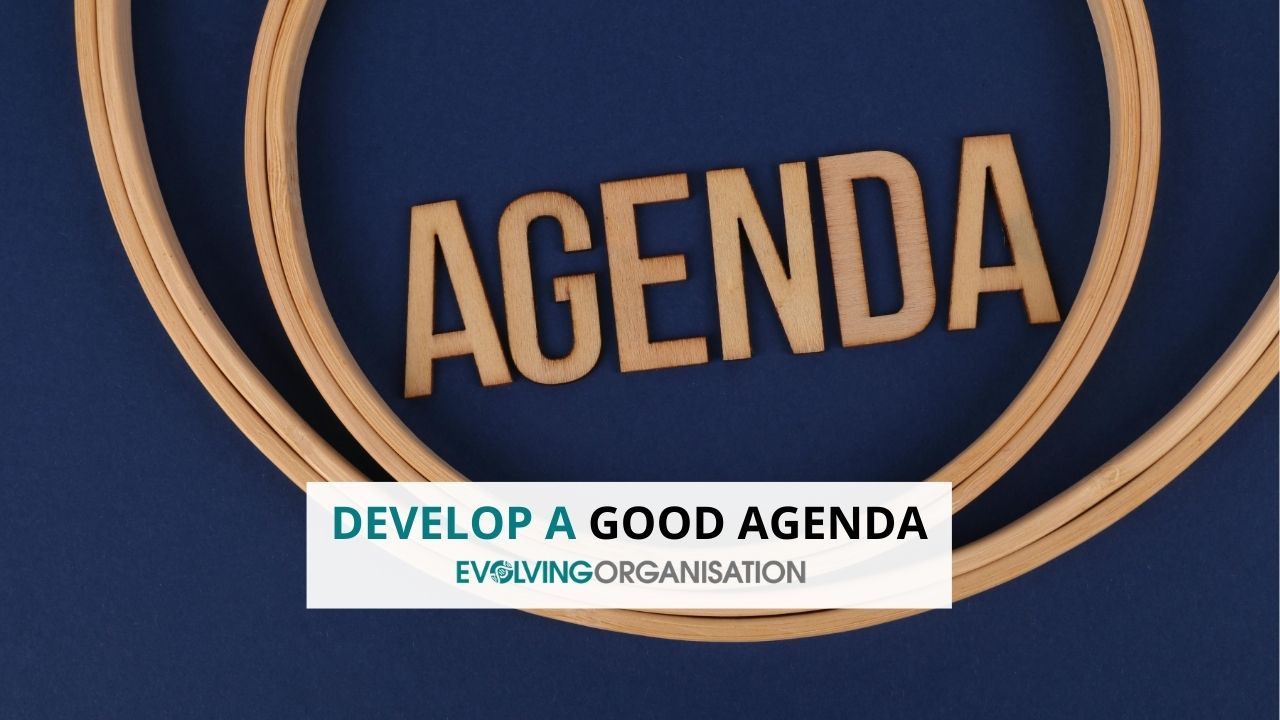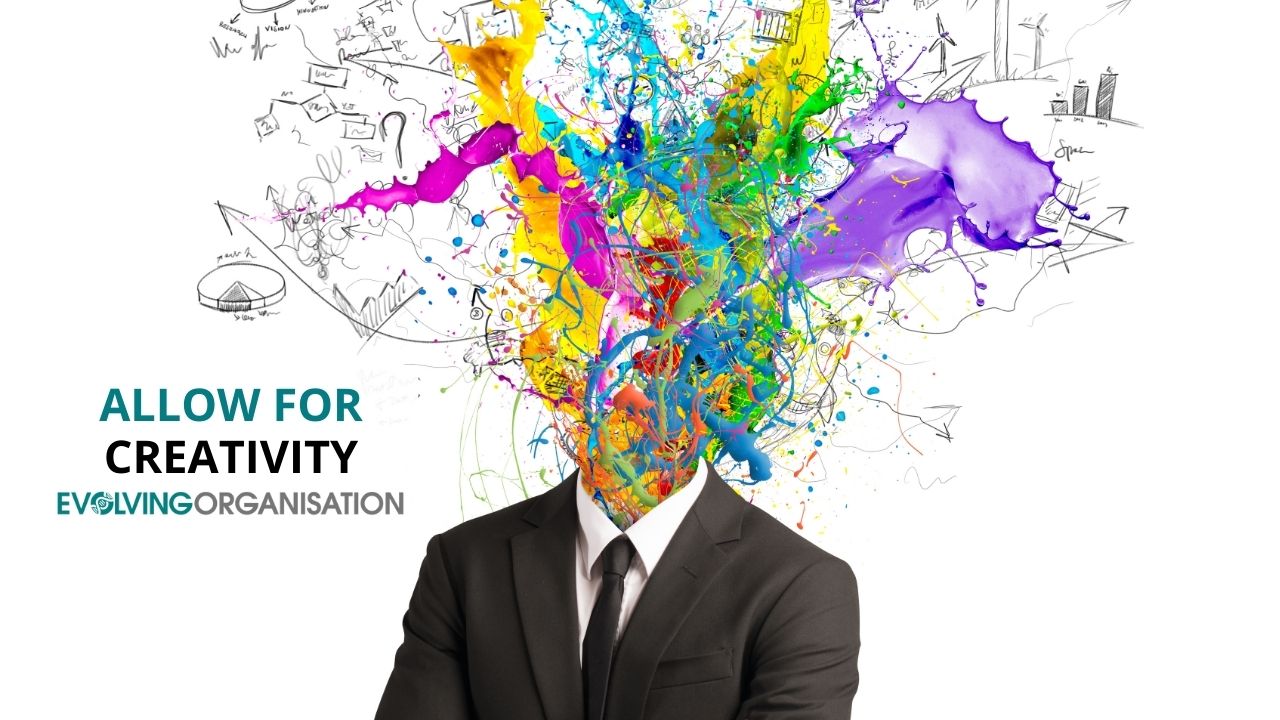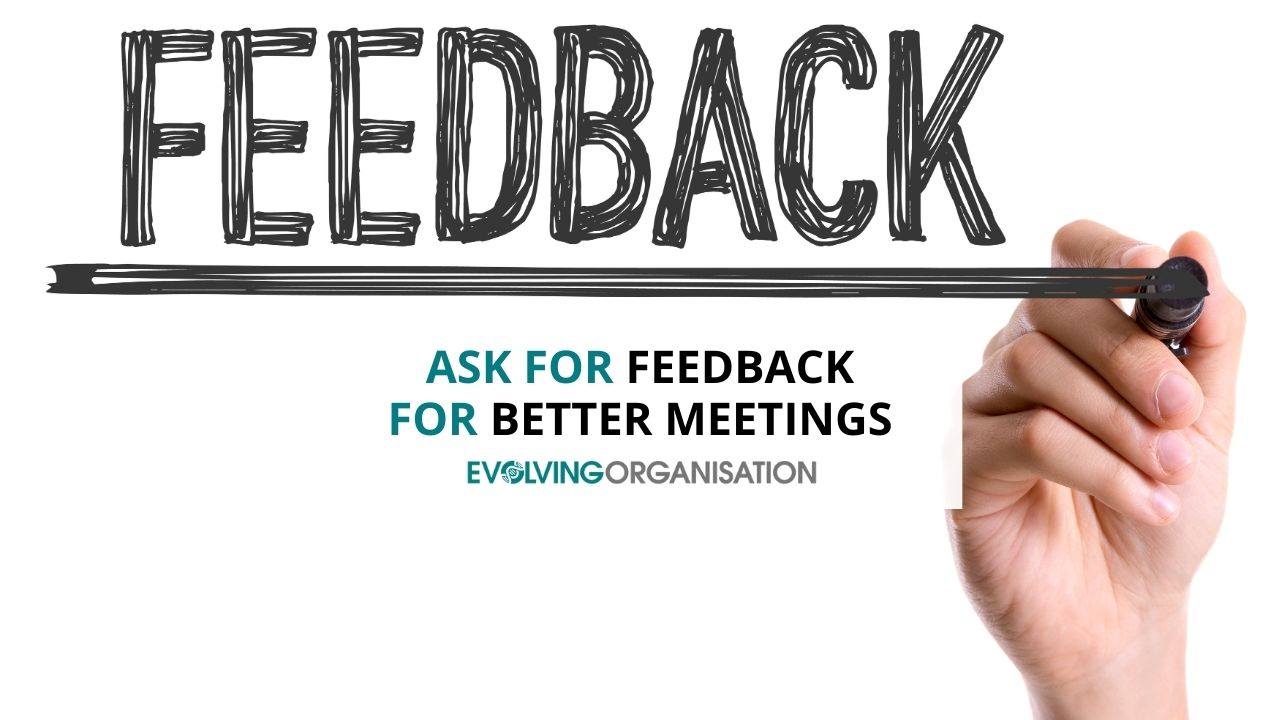
Effective Tips for Meeting Management
Managing meetings effectively is essential for building clarity, ownership, and agility within teams and organisations.
When meetings are well facilitated with a clear structure and trusted practices, they become powerful tools for surfacing and resolving tensions swiftly and fostering trust in the way of working that can stop things from getting stuck and keep teams agile.
Incorporating role clarity, personal ownership, and well-defined decision protocols transforms meetings from boring routines into productive experiences of alignment and motivation for action.
Also Read: Explore Team meeting Ideas
Set the Meeting’s Objective
Clear objectives are the foundation of productive meetings. Without a specific purpose, meetings become unfocused and inefficient. Define what you want to accomplish—whether it’s a Tactical Meeting to surface tensions and align on priorities or a Special Topic Meeting to solve issues and make a decision on a specific topic.
For example, someone in a role might call a meeting to resolve the most significant obstacle blocking progress on a specific project and need input from other roles. Communicate this purpose upfront so everyone enters the meeting with clarity and focus.
Develop a Good Agenda

An effective agenda is concise, focused, and aligned with the meeting’s objective. It’s common practice in more conventional teams to build an agenda in advance of meetings and in more agile teams to build the agenda quickly at the start of a meeting.
Either way, it helps to have a structured agenda that includes space for surfacing tensions as they arise. If appropriate, share the agenda ahead of time, inviting input and additional topics so participants come prepared. For example, allocate specific time for each agenda item, including a dedicated session for surfacing and processing tensions that are not covered elsewhere on the agenda.
Manage Time Effectively
Time management is critical for maintaining engagement and productivity. In more conventional meetings, the meeting Facilitator uses strict timeboxes for each agenda item and sticks to them.
With a more agile approach, they work to get all the agenda items covered in the allocated time and redirect things that can’t be resolved in a meeting to other meetings, which include only the people who need to be involved.
Short, focused meetings—like daily stand-ups or weekly check-ins—boost efficiency and keep tensions surfaced and resolved quickly. Respect start and end times to reinforce a culture of discipline and respect for everyone’s schedule.
Allow for Creativity

Encourage creative input during meetings by inviting diverse perspectives and open-ended questions. Allocate time for brainstorming solutions to tensions or challenges. It fosters a culture of continuous learning and innovation, which is vital in complex and fast-changing environments.
Select the Right People to Attend
Invite only those who are relevant to the meeting’s purpose. Having the right people ensures discussions are productive and decisions are well-informed. In self-managing teams, each member’s role and purpose guide their participation. Avoid unnecessary attendees to keep meetings focused and respectful of everyone’s time.
Delegate Roles/Responsibilities within a Meeting
Avoid the Team Lead being the person who leads the meeting. Delegate responsibilities such as meeting facilitation, note-taking, and tracking actions to empower team members and distribute authority within the team. It frees up the Team Lead to focus more on the actual leadership of the team rather than the meeting process.
Be Passionate
Your enthusiasm sets the tone for the meeting. Demonstrate genuine commitment to the purpose and value of the gathering. Passionate facilitation inspires engagement and openness, encouraging team members to contribute fully and take ownership of their roles.
Take Notes

Effective note-taking captures decisions, actions, and tensions discussed. Use shared digital tools or visual boards to record key points in real-time, such as Nestr, which is designed to make the meeting process and outputs visible.
This transparency supports accountability and ensures everyone leaves with a clear understanding of the next steps. In self-managing teams, notes serve as a trusted system that keeps tensions and commitments visible and accessible.
Prepare Talking Points
Prepare concise talking points for each agenda item. It helps keep discussions focused and productive. Encourage team members to prepare their points related to their roles, surfacing tensions and progress. Well-prepared talking points prevent meetings from drifting and ensure everyone’s voice is heard.

Give Everyone a Chance to Speak
Ensure that all participants have opportunities to contribute. Use facilitation techniques such as round-robin or structured sharing to give everyone a voice. In self-managing teams, this inclusivity builds trust, ownership, and collective intelligence, leading to better decisions and stronger relationships.
Closing Meetings
End meetings with a ‘Closing Round’ for a brief reflection from each participant on what worked well and what could be improved. Closing effectively reinforces accountability and prepares the team for the next cycle of work, maintaining momentum and clarity.
Ask for Feedback

Regularly solicit feedback on the meeting process. Ask whether the meetings are valuable, whether the agenda is relevant, if their issues/topics/tensions were addressed and how the process can improve.
Evaluation and Delegation
Based on the feedback you get, regularly evaluate the effectiveness of your meetings. Asses whether the objectives are regularly achieved and if the process is efficient. Use feedback to improve future meetings.
In summary, applying these tips transforms meetings from routine routines into productive experiences of alignment and motivation for action. They become a catalyst for teams to resolve tensions and operate with greater trust and autonomy in today’s complex world.
Suppose you want to learn these practices in depth. In that case, programs like Team Clarity & Faster Decision-Making and The Meetings Revolution offer step-by-step guidance and practical tools to help your team make these shifts confidently and effectively.
When you move beyond hierarchy and empower your team to own their roles, communicate openly, and adapt quickly, you don’t just improve performance—you create the foundation for lasting success in a fast-changing world.
This blog serves as a continuation of our commitment to improving performance and decision-making within organisations. Stay tuned for our next instalment, where we will delve deeper into a range of practical tools that do this.
For more insights and resources, visit our website. Together, let’s evolve and adapt to the challenges of our dynamic world and build a better, more collaborative future—together.


